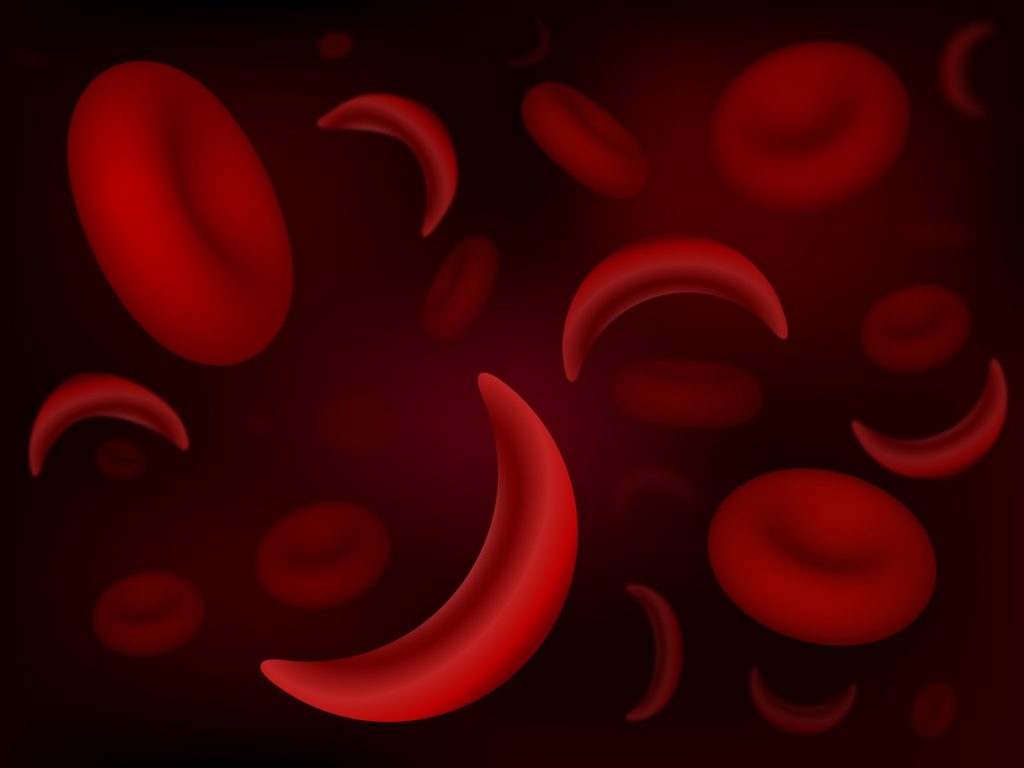It will never grab headlines like AIDS, Zika or Hepatitis C, but there’s one thing Kimberly Leathers-Raynor wants the world to know about sickle cell disease.
“It hasn’t gone away,” she said.
Sickle cell disease is, in fact, one of the most common inherited genetic disorders in the country. It affects more than 100,000 Americans and millions of people worldwide, according to the Centers for Disease Control and Prevention. With numbers like that, it’s no surprise the United Nations adopted June 19 as World Sickle Cell Day.
Leathers-Raynor is a public health consultant with the N.C. Department of Health and Human Services, and works closely with the agency’s Sickle Cell Syndrome Program. And both she and Dr. Rupa Redding-Lallinger — a physician with UNC Health Care who regularly travels to Wilmington to see pediatric sickle cell patients at New Hanover Regional Medical Center — agree that a little education can go a long way when it comes to dealing with the disorder.
Here are 8 things to know about sickle cell disease:
1. Sickle cell disease is not a single disorder: Sickle cell disease is a term that refers to a family of hemoglobin defects. Sickle cell anemia — the painful condition in which a shortage of healthy red blood cells prevents adequate oxygen distribution through the body — is the best-known, but often erroneously used interchangeably with other forms of the disease.
2. A person can be a carrier without having the disease: Since 1994, all babies have been screened for the disorder — it can be potentially fatal for infants if not caught quickly — but the number of carriers far outpace the number of people with symptoms. North Carolina averages about 120 births per year with sickle cell, but 3,588 were identified as carriers in the past 12 months. If historic patterns hold, Leathers-Raynor said, many of those carriers will have forgotten or never have been properly informed of their status by the time they reach adulthood.
3. Mom and dad matter: Just like other genetically inherited traits, if both parents are carriers, there’s a 25-percent chance their baby will have sickle cell disease. Leathers-Raynor says adolescence is the right time to start talking about an individual’s status and what that means for their future. She suggests known carriers see a family planning counselor before having children to fully understand their risks of passing the disorder on.
4. Don’t assume you aren’t a carrier: The CDC says sickle cell is most common in people with a genetic link to parts of the world where malaria is more common, but there’s a reason all babies, regardless of ethnicity, are screened in America. “Especially in the South, you can’t assume that if you’re Caucasian you don’t carry the sickle cell trait,” Redding-Lallinger said. “Everybody should get tested and know their status.”
5. There has been progress: Sickle cell disease can, thanks to bone marrow transplants, be cured in the blood of some patients (although they remain carriers and can still pass the disease on.) The CDC reports mortality rates have dropped significantly for children under 4. And hydroxyurea, a drug used to treat several forms of cancer, can offer relief for some sickle cell patients. Redding-Lallinger sees universal DNA sequencing of the hemoglobin genes as the next step in assuring accurate testing results.
6. But not enough: Money for research and public education continue to present challenges. “We haven’t been able to do mass media campaigns because funding is limited,” Leathers-Raynor said. “And in all the years, we’ve gotten two drugs — penicillin and hydroxyurea. That’s pretty slim pickings.” She’s particularly interested in reaching millennials approaching child-bearing ages on social media platforms.
7. Testing is easy: There’s no good excuse to not know your carrier status, Redding-Lallinger says. For anyone who’s uncertain, she suggests having a free blood test done at the nearest health department. Leathers-Raynor agrees, noting that she had her own daughter tested again before sending her off to college.
8. You can help: While monetary donations to organizations like the Sickle Cell Disease Association of America can be beneficial, area residents can help fight the disease without digging into their pockets. “The more people who register to be donors the better,” Redding-Lallinger said. “Sometimes, for people with sickle cell, it can be difficult to find blood. And registering as a bone marrow donor would also be very helpful.”

